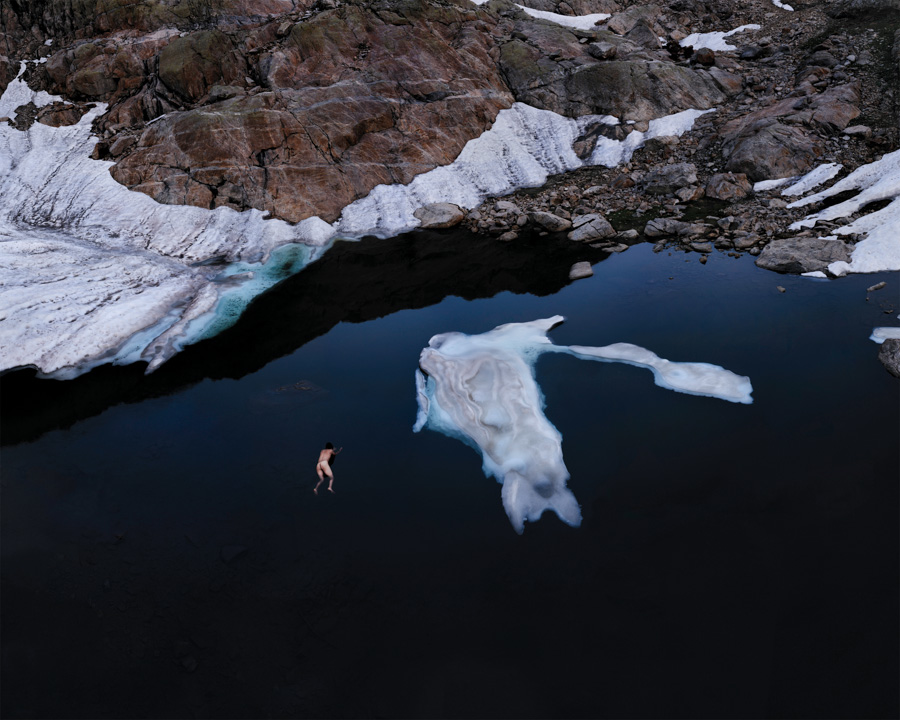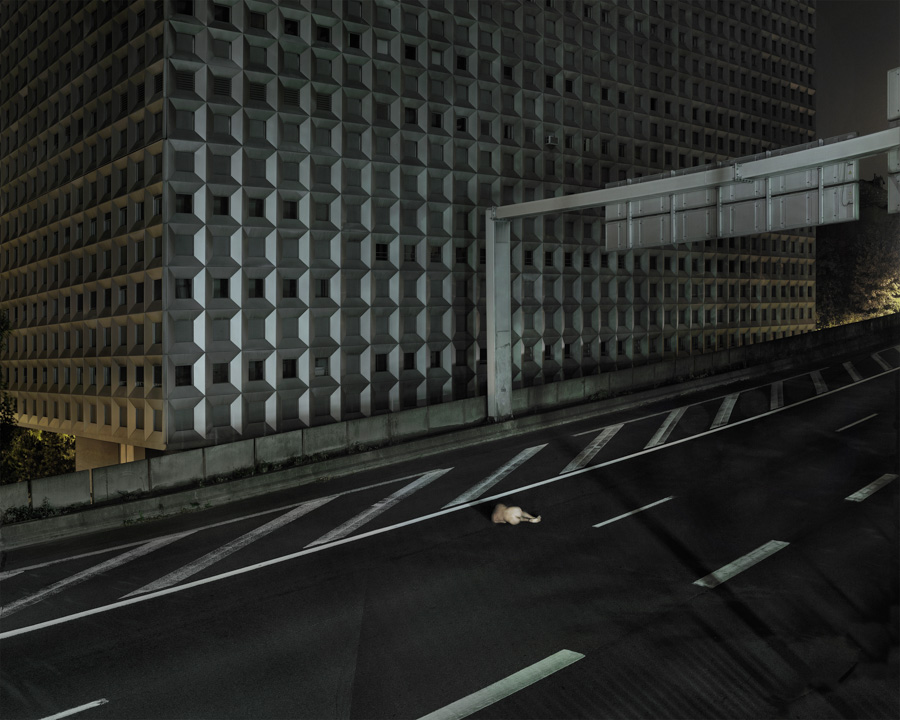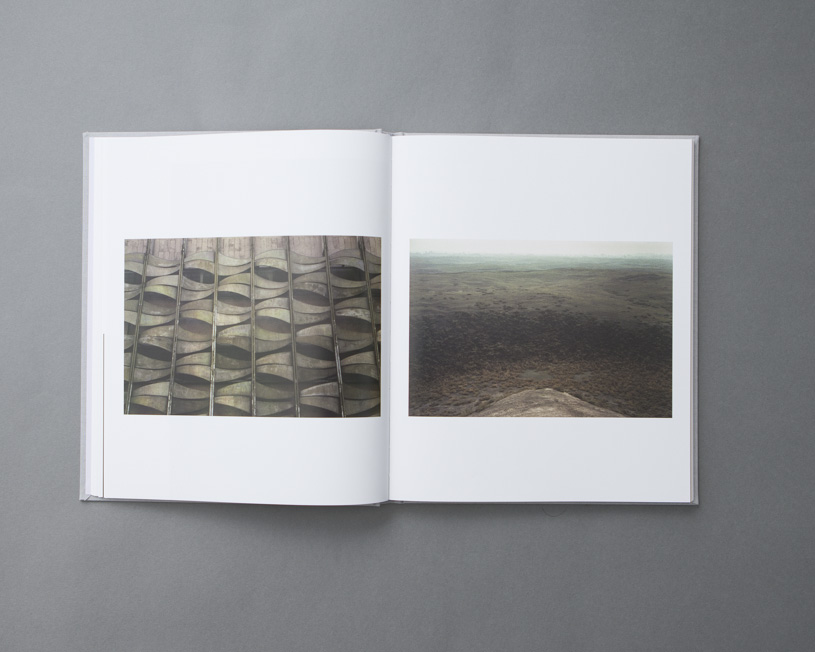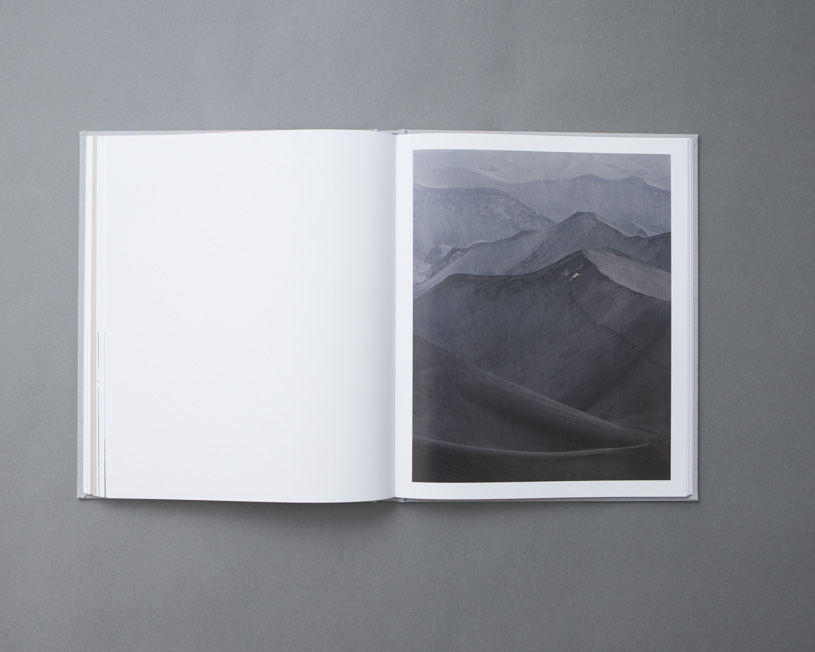A week or so ago, I received a package in the mail containing a new photo book by Ruben Brulat: Sharing Paths. He is a photographer whose work I’ve been following for quite some time. Let me take you through some of his work.

Brulat is interested in man’s being, his habitats and motives.
“First of all , photography is the only place where I feel at my place , where I feel I have a complete freedom. It is certainly a way to isolate myself from humans because they simply fascinate me. I love looking at them, every move, every detail, every word they say. Then I consider each of those in the society, who are they, what are they doing … But quickly I consider the masses I want to understand why people in groups / society do that, how, and why they choose this direction.”
Brulat goes looking for beautiful, but desolate, places such in the series Primates or places that inspire to raise questions as in Immaculates. In the latter the fascination of the role of urbanization mainly plays a major part. Brulat places particular emphasis on the fragility and dependency of man.
Despite the urge to create havens to withstand nature’s influences, Brulat shows that man submits to self-constructed hostile environments. The eerie offices and deserted roads are a great resemblance to the vast deserted plain, untrodden areas and cold landscapes of Primates. Almost as if man is not able to conquer his natural instinct and evolutionary background.
The photography by Brulat shows a certain modesty. He shows us the beauty and finiteness seeing both nature and man.

He recently released a book: Sharing Paths. It’s a representation of what he calls a “peregrination” of more than a year, from Europe to Asia by land only, through Iraq, Iran, onto Afghanistan, Tibet until Indonesia, Japan and Mongolia.
Ruben searched the unknown, in paths, until there would a place or a person. If the circumstances were just right, he’d take a picture. Otherwise he’d continue his journey.
Performing sometimes in welcoming sand, sometimes in the harsh snow, the just encountered fellows would let themselves go, opening their senses. Embracing everything that surrounds them. Ephemera intensity before saying, often, goodbye to each other forever.
Placing the bodies of people there in part with these accidental and dramatic landscapes, like the trees, the rocks or the black sands of Gunung Bromo.

The book shows a narrative constructed only by the randomness of encounters capturing the essence of suspended moments.
Bodies of people that became friends, performing, not without difficulties, leaving wounds, marks, and souvenirs from a time before heading towards different paths, after sharing one for a while.
Sharing Paths, tells that story.


